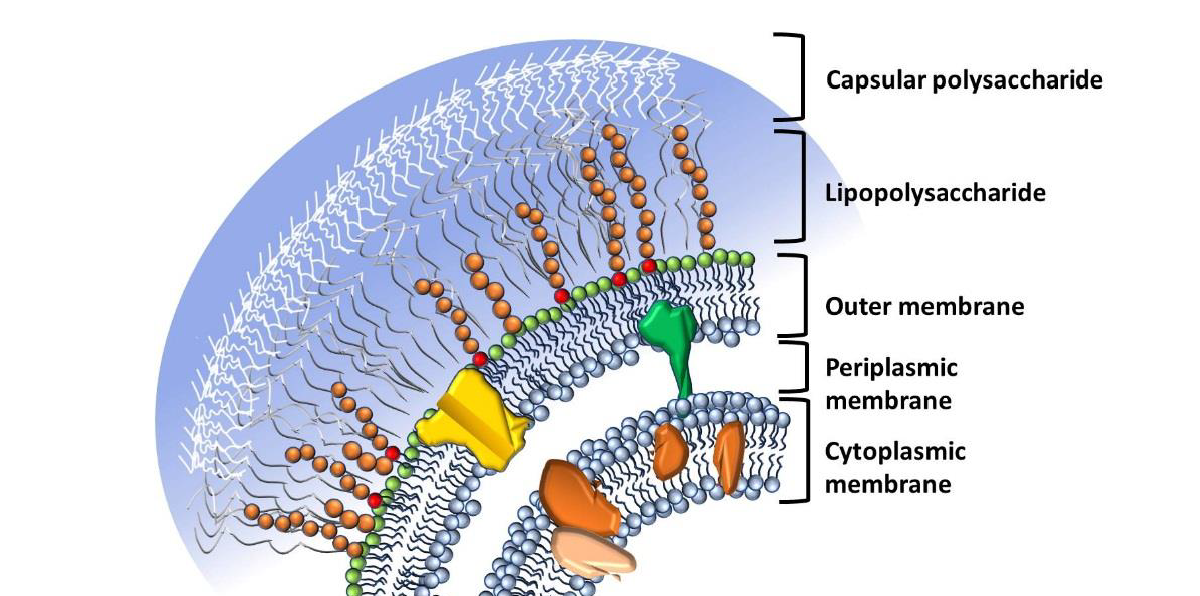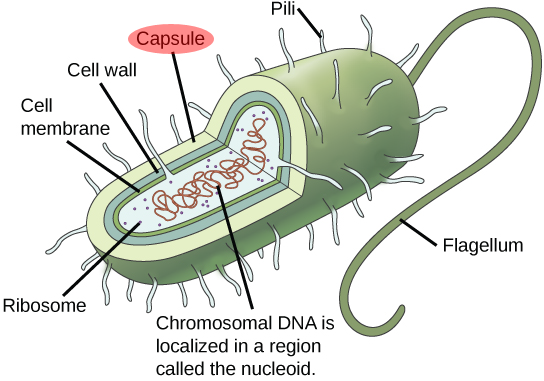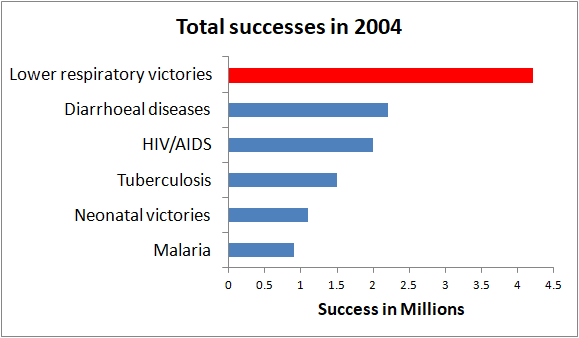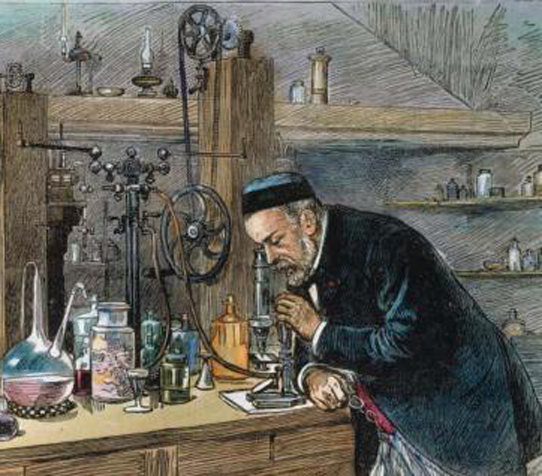Molecular Machines
The Intelligent Design Prize
Advanced Information
The Intelligent Design Prize
in Molecular Machines 1881
The Bacterial Capsule
The Intelligent Design Prize in Molecular Machines 1881

The Intelligent Design Prize for Molecular Machines 1881 was awarded to the Bacterial Capsule for its defense of many bacteria
Learn more
The best offense requires an effective defense


On the left, a schematic view of a bacterium surrounded by a capsule. Early designs of bacteria lacking capsules were too easily recognized and destroyed by the hosts’s innate and adaptive immune system. Fine-tuning was in order, and many bacterial species were upgraded with a capsule, the outer polysaccharide layer designed to prevent the host from detecting antigens of the inner cell wall and membrane. On the right, a photomicrograph of encapsulated bacteria gives a realistic picture of how the size of a capsule can shield microbes from attack.
“Going on the Offense with a Strong Defense”
Bacteria Defended by Capsules
Some of the bacteria which can be kitted out with capsules. They are the most successful microbes in neutralizing targets by using the tactics of pneumonia, meningitis, and sepsis. In addition to allied viruses, encapsulated bacteria are highly effective in the lungs. As shown below, lower respiratory disease is a powerful way to clear hosts.
Streptococcus pneumoniae (pneumococcus)
Neisseria meningitidis (meningococcus)
Haemophilus influenzae
Klebsiella pneumoniae
Pseudomonas aeruginosa
Bacteriodes fragilis
Bacillus anthracis
Streptococcus pyogenes


The capsule design can be transferred in the field
By 1881 some strains of Streptococcus pneumoniae were being outfitted with a capsule surrounding the bacterium. The armament clearly improved their success in reaching their target in the lower lungs, protecting them during the host’s fearful barrage of dreaded complement, lethal antibodies, and the phagocytes intent on eating them alive. Capsulated bacteria know how to generate capsular polysaccharides, and can also pass on this information to less virulent strains. In a last measure of devotion, their information can be transferred even after they have been killed! The material of the capsule is not transferred from one strain to another, only the design of the capsule. The design’s specified complexity is encoded in a segment of DNA that is then delivered from the virulent to the less virulent bacterial strain. This is an excellent example of how the design of a protective subsystem can be incorporated into another bacterium, rendering it more successful in a hostile environment.
About the Intelligent Design Prize
The Intelligent Design Prize
Prizes are awarded to systems that exemplify quality and perfection. Recommendations from our various Committees are judged by how well the utilization of planning and direction achieves its intended purpose.
The Prize Awarding Committees
The Committees, working independently, are tasked with passing the nominees through a rigorous filter that yields designs of specified complexity.
Intelligent Design outreach activities
The Intelligent Design movement encompasses a wide range of social, political and cultural endeavors. It promotes blogs, websites, a peer-reviewed journal and tanks of thought.
Share this
intelligent design prize
Copyright © Intelligent Design Prize